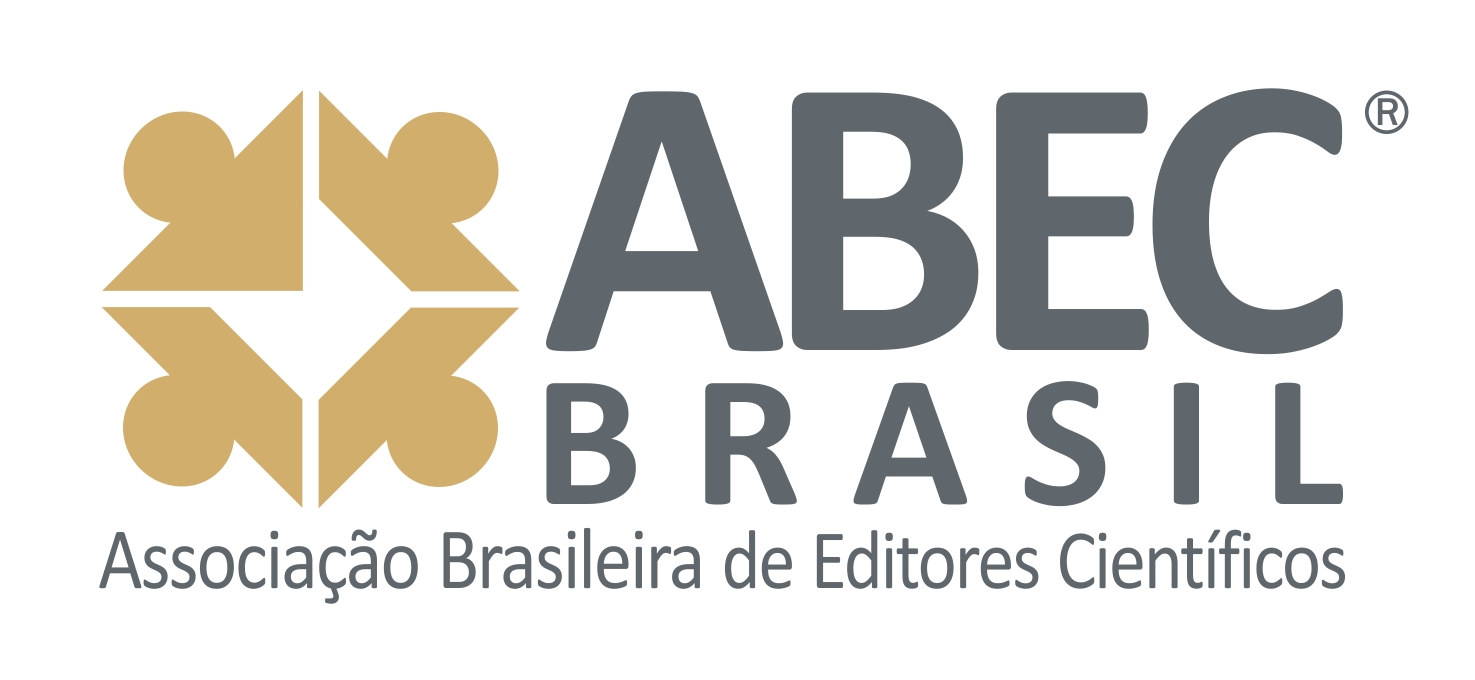High-Intensity Interval Training (HIIT) vs. Moderate-Intensity Continuous Training (MICT) in the Optimization of Cardiorespiratory Fitness (VO2max)
High-Intensity Interval Training (HIIT) vs. Moderate-Intensity Continuous Training (MICT) in the Optimization of Cardiorespiratory Fitness (VO2max)
DOI:
https://doi.org/10.51473/rcmos.v1i2.2025.1690Keywords:
“High-intensity interval training”; “HIIT”; “Moderate-intensity continuous training”; “MICT”; “VO2max”.Abstract
Introduction: Physical inactivity is a primary risk factor for mortality and chronic diseases, with cardiorespiratory fitness (VO2max) being a robust health predictor. Given the low adherence to traditional guidelines, High-Intensity Interval Training (HIIT) emerges as a time-efficient method. Objective: The objective of this review is to compare the efficacy of HIIT versus Moderate-Intensity Continuous Training (MICT) in optimizing $\text{VO}_2\text{max}$ across different age groups and levels of evidence. Results: Physiological evidence indicates that HIIT generates a more potent metabolic signal, resulting in superior mitochondrial biogenesis when volume is matched. Systematic reviews and umbrella reviews in adults consistently demonstrate that HIIT is superior to MICT in increasing VO2max, particularly in older adults. However, randomized controlled trials (RCTs) in young, healthy adults have sometimes found an equivalence inVO2max, though MICT may be superior for secondary outcomes, such as systolic blood pressure reduction. Conclusion: HIIT is a robust and, generally, superior stimulus to MICT for enhancing VO2max, supporting its inclusion in exercise guidelines. Nevertheless, it is crucial to note that primary RCTs often exhibit methodological limitations related to small sample sizes and analyses of highly specific groups. Furthermore, the literature is marked by significant heterogeneity regarding the ideal HIIT protocols, the precise definition of which falls outside the scope of this review.
Downloads
References
MACINNIS, M. J.; GIBALA, M. J. Physiological adaptations to interval training and the role of exercise intensity. J. Physiol., v. 595, n. 9, p. 2915-2930, 2017. DOI: https://doi.org/10.1113/JP273196
POON, E. T. C.; WONGPIPIT, W.; HO, R. S. T.; WONG, S. H. Interval training versus moderate-intensity continuous training for cardiorespiratory fitness improvements in middle-aged and older adults: a systematic review and meta-analysis. J. Sports Sci., 2021. DOI: 10.1080/02640414.2021.1912453. DOI: https://doi.org/10.1080/02640414.2021.1912453
ARBOLEDA-SERNA, V. H.; FEITO, Y.; PATIÑO-VILLADA, F. A.; VARGAS-ROMERO, A. V.; ARANGO-VÉLEZ, E. F. Effects of high-intensity interval training compared to moderate-intensity continuous training on maximal oxygen consumption and blood pressure in healthy men: A randomized controlled trial. Biomédica, v. 39, p. 524-536, 2019. DOI: 10.7705/biomedica.4451. DOI: https://doi.org/10.7705/biomedica.4451
Downloads
Published
Issue
Section
Categories
License
Copyright (c) 2025 Virgínia Vezzosi Fournier (Autor)

This work is licensed under a Creative Commons Attribution 4.0 International License.












